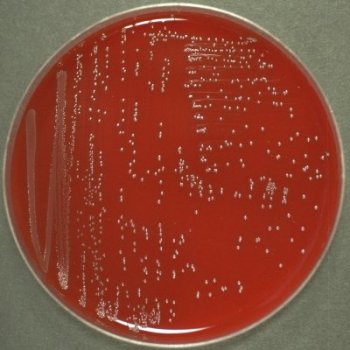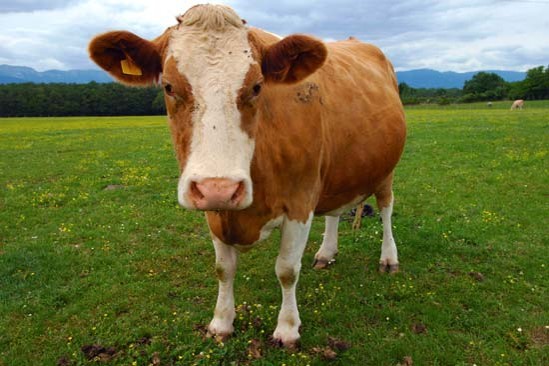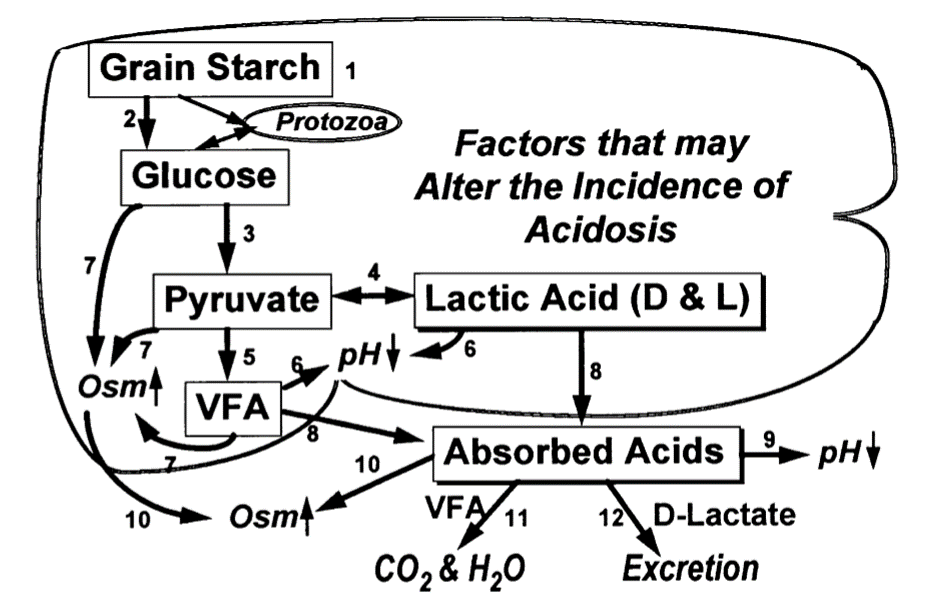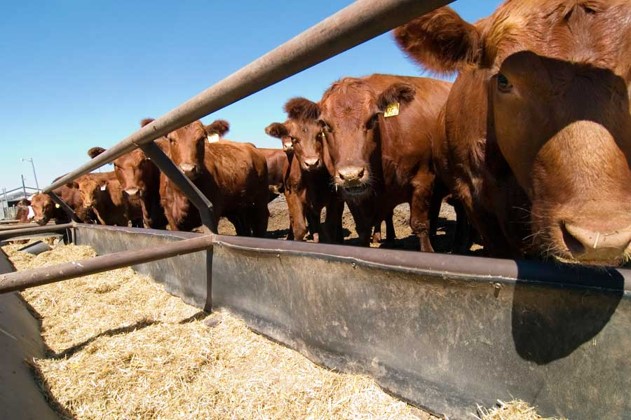
The Streptococcus bovis bacterium is the rumen microorganism believed to be chiefly responsible for rapid fermentation and for production of large quantities of lactic acid.
Click the image hotspots to learn more about this featured microbe.

Learn more

S. bovis is a Gram positive, sphere-shaped (cocci) organism that grows in pairs or chains. Its size is approximately 0.5-2.0 micrometers in diameter (Photo courtesy of the Online Photo Atlas in Veterinary Disease Biology).
Learn more

When gut conditions are favorable for S. bovis to grow, it will flourish quickly. Studies suggest that in an environment with elevated starch/sugars, and a low pH, S. bovis may double every 13 minutes.
Learn more

The lactic acid production is theoretically dependent on S. bovis and can lead to problems in the rumen, such as decreases in pH, damage to the rumen wall, and may eventually lead to severe rumen damage and liver abscesses.
Learn more

S. bovis is a key player in ruminal acidosis, predominately feedlot cattle as they are subject to heavy concentrate diets. Without an adaptation period, engorgement of grains may allow the opportunistic S. bovis to take hold in the rumen.
Follow this link to view all of the interactive presentations for the Rumen Microbes series.